Old ‘Journals’ from 1867 carried extensive coverage of the ‘Manchester Martyrs’
and live on Freeview channel 276
John Martin, a confidante of Dungiven-born Young Irelander John Mitchel, made a rousing speech to a crowd of tens of thousands.
He lambasted the authorities for sentencing the men to death for the murder of policeman, Charles Brett, during the rescue of the Fenian leaders Thomas J. Kelly and Timothy Deasy.
Advertisement
Hide AdAdvertisement
Hide Ad"The death of these men was a legal murder, and that legal murder was an act of English policy – of the policy of that nation which through jealousy and hatred of our nation, destroyed by fraud and force our just government sixty-seven years ago,” he declared.
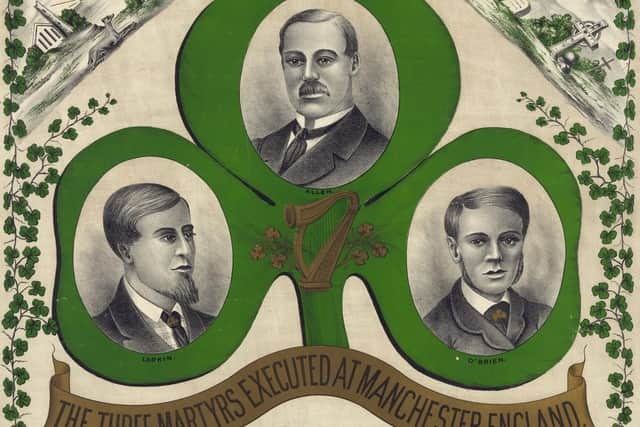

The ‘Journal’ carried extensive coverage of the episode.
The paper is grateful to the family of the late Mary Quinn née MacDermott, who passed away in 2021, for donating original copies from that time. Mrs. Quinn, originally from Stanley’s Walk, was a keen collector of memorabilia relating to Irish history.
The old papers demonstrate the extent to which republican radicalism had developed in Manchester by the middle of the 19th century.
Manchester had been a centre of radicalism from the early 1800s. John Doherty, the Buncrana-born cotton spinner emigrated there at the start of the century and was a seminal figure in its trade union movement.
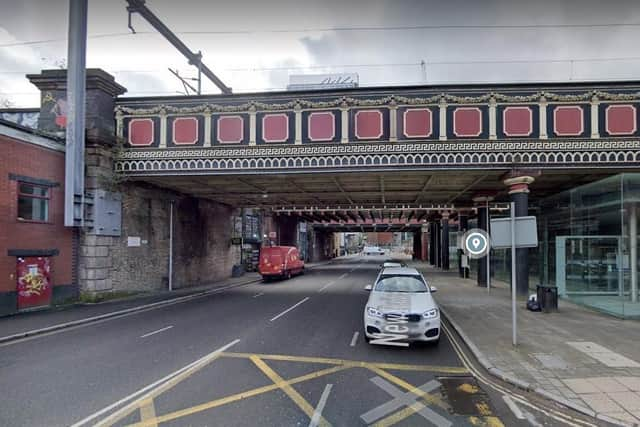

Advertisement
Hide AdAdvertisement
Hide AdHistorian E.P. Thompson said Doherty – who is commemorated in a monument on Cahir O’Doherty Avenue – was one of labour’s three outstanding leaders of the early 1800s.
A contemporary of Doherty was Friedrich Engels whose partner Mary Burns/Byrne had emigrated to Manchester from either Armagh or Tipperary.
Mary died shortly before the executions of 1867 but would have been an invaluable informant for Engels when he was writing ‘The Condition of the Working Class in England’, published in 1845.
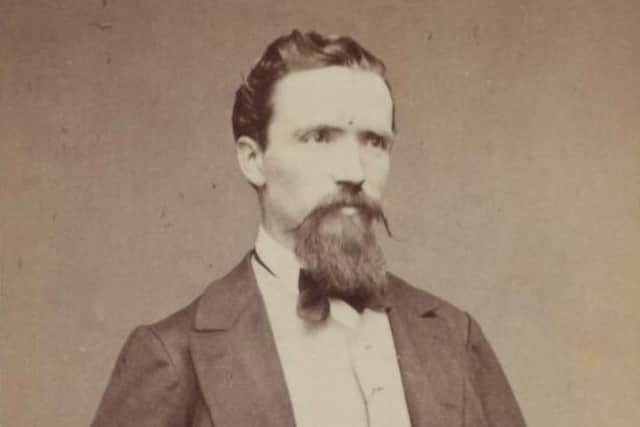

Engels’ understanding of the Irish slums of ‘Little Ireland’ – nestled on the Medlock near Deansgate – and other Irish labouring districts such as Chorlton, Hulme and Ancoats, would have been enhanced by Mary.
Advertisement
Hide AdAdvertisement
Hide AdKarl Marx’s daughter Eleanor, who visited Derry in 1889, writing to Karl Kautsky in 1898, recalled: "She was a very pretty, witty and altogether charming girl...of course, as she was a Manchester (Irish factory girl), quite uneducated, though she could read and write a little, but my parents…were very fond of her and always spoke of her with the greatest affection.”
By 1867 many within the large Irish population had been influenced by the developing militant republicanism of the Irish Republican Brotherhood (IRB).
The ‘Journal’ reported how the suspension of the Habeas Corpus Act in Ireland and the vigilance of the police in Liverpool had stimulated the growth of Fenianism in Manchester.
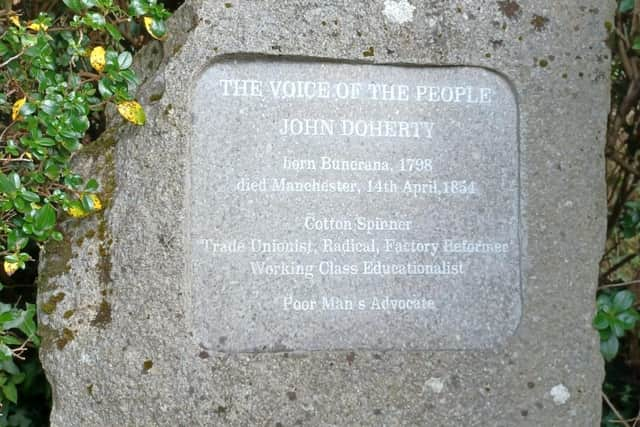

Kelly and Deasy had apparently ‘enrolled not fewer than 5,000 members of the brotherhood’ there.
Advertisement
Hide AdAdvertisement
Hide AdFollowing the arrest of Kelly, the President of the IRB, and Deasy, for loitering on September 11, 1867, the Fenian organisation in the city felt confident enough to mount a daring rescue attempt.
According to the ‘Journal’ the prisoners were rescued while being transported along the Hyde Road to Belle Vue Gaol on September 18.
"The van had no sooner reached an open road than a volley was fired at it, and, in a moment, thirty or forty Irishmen rushed upon police, armed with various weapons. A revolver was fired into the lock, and the van was broken. The policemen endeavoured to defend their prisoners but were met with a fire from revolvers.
"A bystander was shot through the head, and another in the thigh, and a third in the back, and both horses were shot. It was impossible successfully to resist such odds, and the two Fenians, with the other prisoners, were liberated,” a report stated.
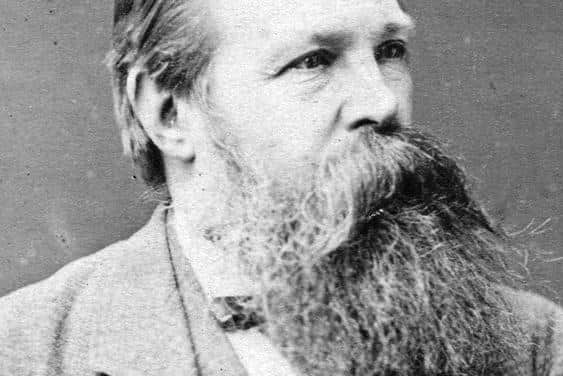

Advertisement
Hide AdAdvertisement
Hide AdDozens of Irish were arrested. Five were found guilty of the murder of Sergeant Brett.
Thomas Maguire and Edward O'Meagher Condon – whose cry of ‘God Save Ireland’ from the dock was immortalised in song – avoided the death penalty.
O'Brien, Allen and Larkin were hanged by William Calcraft in front of a crowd in Salford on November 23, despite the hangman having received an IRB death threat.
On November 27, the ‘Journal’ reported that Calcraft was warned: “If you hang any of the gentlemen condemned to death at the New Bailey Prison it will be worse for you. You will not survive afterwards.”
Notwithstanding the warning the men died in front of a mob.
Advertisement
Hide AdAdvertisement
Hide AdThe ‘Journal’ reported: “The flaring gin palaces in Deansgate and the neighbourhood of the bridge supplied an early stimulant to the eager throng; and the army of street coffee sellers, who seem to have come from their old squatting grounds in all parts of the city, offered a safer beverage. The crowd was evidently more English than Irish.”
For neither the first nor the last time, the authorities had left Ireland its political martyrs as one interested observer noted in a letter to his collaborator Karl Marx on November 24.
“So yesterday morning the Tories, by the hand of Mr. Calcraft, accomplished the final act of separation between England and Ireland. The only thing that the Fenians still lacked were martyrs.
"They have been provided with these by Derby and G. Hardy. Only the execution of the three has made the liberation of Kelly and Deasy the heroic deed as which it will now be sung to every Irish babe in the cradle in Ireland, England and America,” was Engels’ assessment.
Advertisement
Hide AdAdvertisement
Hide AdHe continued: “To my knowledge, the only time that anybody has been executed for a similar matter in a civilised country was the case of John Brown at Harpers Ferry.
"The Fenians could not have wished for a better precedent. The Southerners had at least the decency to treat J. Brown as a rebel, whereas here everything is being done to transform a political attempt into a common crime.”
